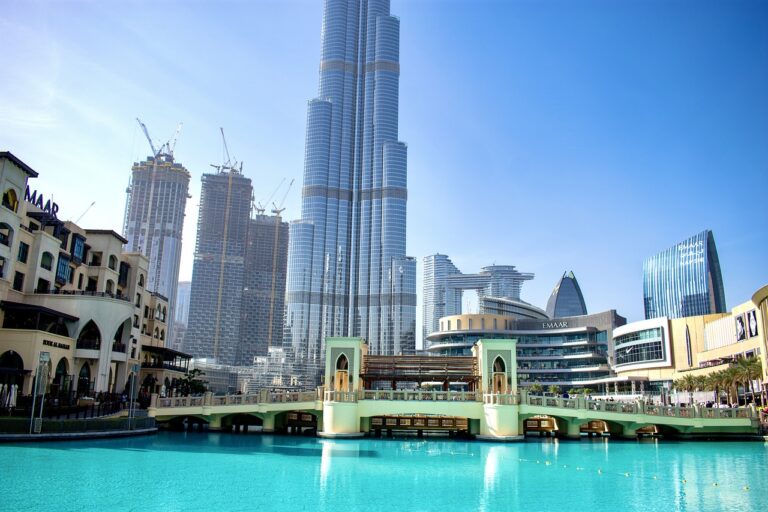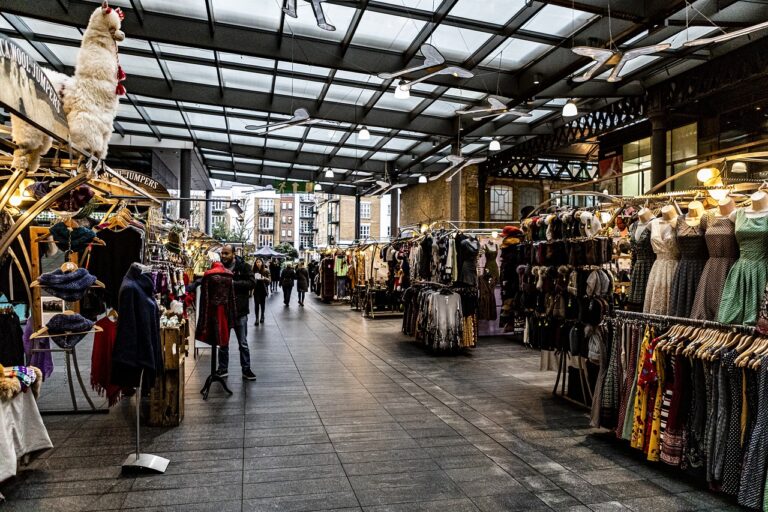From Malls to Marketplaces: The Evolution of Shopping Centers
Shopping centers, also known as malls, have been a staple in modern society for decades. They have evolved over time to meet the changing needs and preferences of consumers. From large indoor complexes to online marketplaces, the way people shop has transformed drastically. Let’s delve into the evolution of shopping centers and how they have adapted to the digital age.
The Rise of Shopping Malls
In the mid-20th century, shopping malls emerged as a popular destination for consumers looking for a one-stop shopping experience. These large indoor complexes featured a variety of stores, restaurants, and entertainment options all under one roof. The convenience and variety offered by shopping malls quickly made them a go-to destination for many shoppers.
Expansion and Diversification
As shopping malls gained popularity, developers began to expand and diversify their offerings. Larger malls included department stores, movie theaters, and even indoor amusement parks to attract more visitors. The concept of the anchor store, a large retailer that attracts customers to the mall, became a key component of mall design.
The Shift to Online Shopping
With the advent of the internet, shopping habits began to change. Online retailers such as Amazon and eBay offered consumers the convenience of shopping from the comfort of their own homes. This shift in consumer behavior posed a significant challenge to traditional brick-and-mortar stores, including shopping malls.
The Rise of Marketplaces
In response to the growing popularity of online shopping, many traditional shopping centers transformed into marketplaces. These modern marketplaces combine the convenience of online shopping with the social experience of traditional malls. Visitors can browse products from a variety of retailers, enjoy entertainment options, and even participate in community events.
Technology and Innovation
To remain competitive in the digital age, shopping centers have embraced technology and innovation. Many malls now offer mobile apps that provide personalized shopping recommendations, digital maps for navigation, and virtual reality experiences for a more immersive shopping experience. Some marketplaces even use artificial intelligence to analyze consumer behavior and improve the shopping experience.
Sustainability and Green Design
As concerns about the environment continue to grow, shopping centers have also focused on sustainability and green design. Many malls now feature eco-friendly buildings, energy-efficient lighting, and recycling programs to reduce their carbon footprint. Some marketplaces even host farmers’ markets and other sustainable events to promote eco-conscious shopping habits.
Conclusion
From the rise of shopping malls to the advent of online marketplaces, the evolution of shopping centers has been a fascinating journey. As consumer preferences continue to change, shopping centers will need to adapt and innovate to meet the demands of the digital age. By combining technology, sustainability, and community engagement, modern marketplaces have the potential to revolutionize the way we shop.
FAQs
What is the difference between a shopping mall and a marketplace?
A shopping mall is a large indoor complex with a variety of stores, restaurants, and entertainment options. A marketplace is a modern concept that combines the convenience of online shopping with the social experience of traditional malls.
How have shopping centers adapted to the digital age?
Shopping centers have embraced technology and innovation by offering mobile apps, digital maps, virtual reality experiences, and artificial intelligence to enhance the shopping experience.
What role does sustainability play in the evolution of shopping centers?
Sustainability is becoming increasingly important in shopping center design, with many malls incorporating eco-friendly buildings, energy-efficient lighting, and recycling programs to reduce their environmental impact.
What are some future trends in the world of shopping centers?
Future trends in shopping centers may include increased use of augmented reality for a more immersive shopping experience, personalized shopping recommendations based on consumer data, and a focus on community engagement through events and activities.







